When you're in the market for a new vehicle—especially an SUV or a crossover—you’re likely to come across terms like AWD (All-Wheel Drive) and 4WD (Four-Wheel Drive). While both systems aim to improve traction by powering all four wheels, they work differently and serve different purposes. This article will help you understand the key differences between AWD and 4WD, so you can make a choice that fits your driving style and daily requirements.
What is AWD?
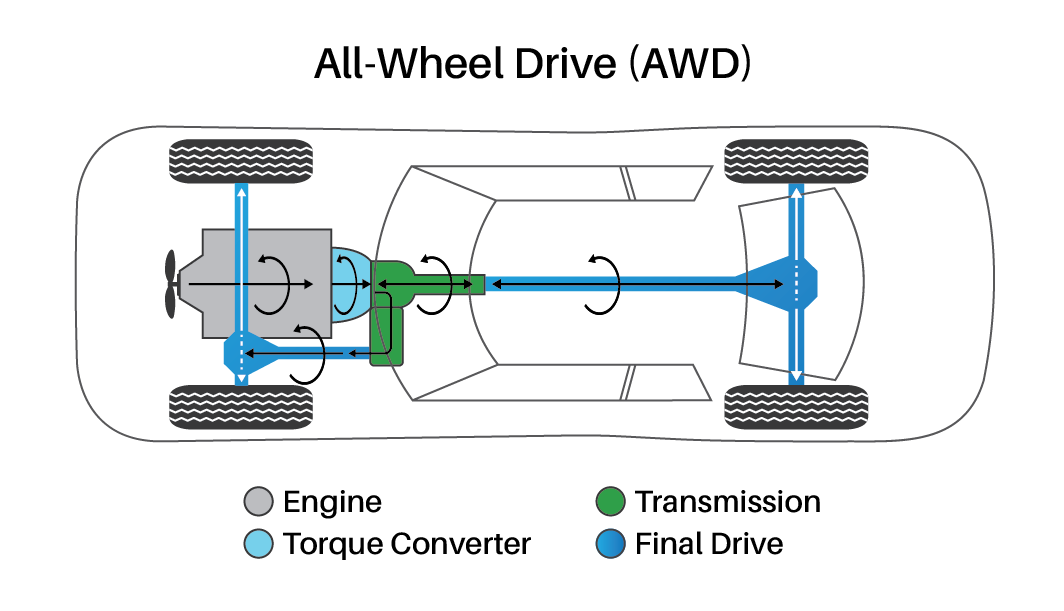
AWD, or All-Wheel Drive, is a drivetrain system that automatically distributes power to all four wheels of the vehicle. The key feature of AWD is that it works in the background—you don’t need to manually engage or disengage it.
Key Features:
- Power is automatically distributed to all wheels
- Designed for improved on-road traction
- Best for wet, snowy, or mildly uneven roads
AWD is typically found in crossovers, sedans, and compact SUVs. It’s ideal for city dwellers or those living in regions with unpredictable weather.
How Does AWD Work?
AWD systems use sensors and an onboard computer to determine which wheels need more power. Depending on the system, it could be:
- Full-Time AWD: Power is sent to all wheels all the time.
- Part-Time AWD (On-Demand): Runs mostly in 2WD mode and activates AWD when slippage is detected.
Advanced AWD systems also feature torque vectoring, which can send power to individual wheels to improve handling and performance on corners.
What is 4WD?
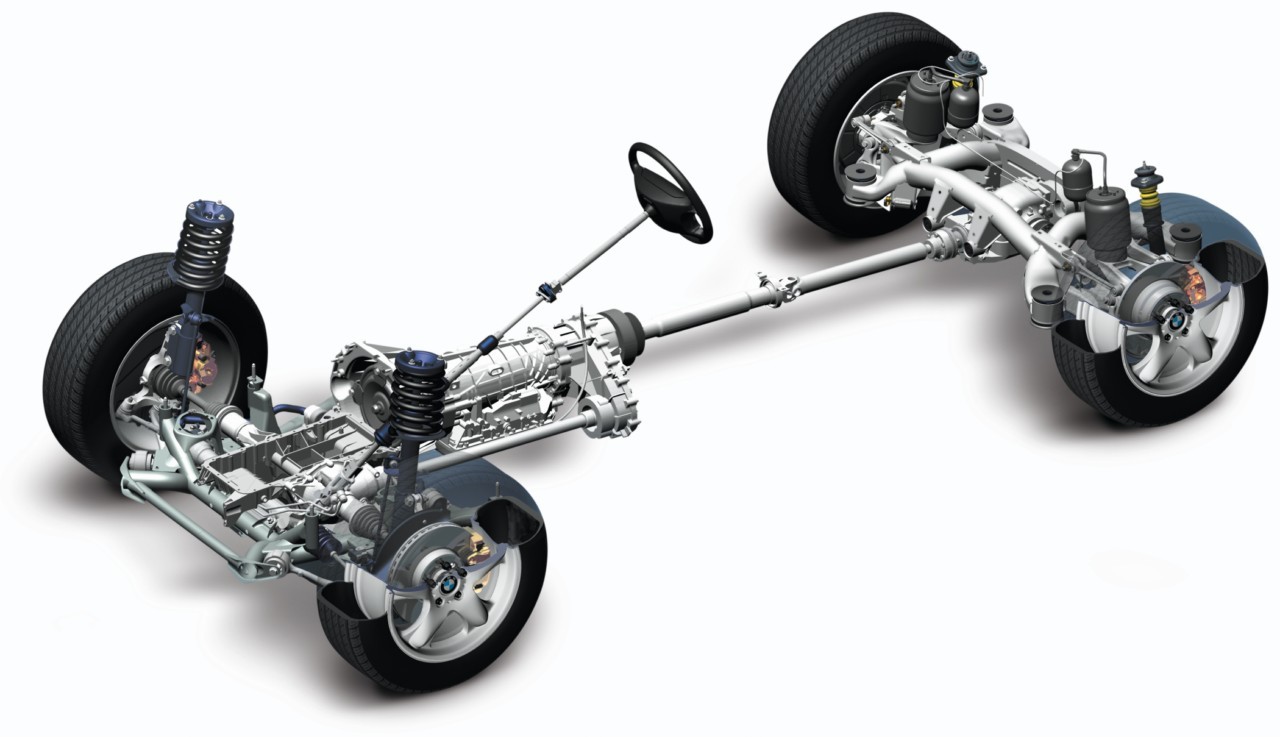
4WD, or Four-Wheel Drive (also written as 4x4), is a drivetrain primarily used in trucks and large SUVs built for off-road or rugged conditions.
Key Features:
- It delivers engine power evenly to both the front and rear wheels for enhanced grip and control
- Usually requires manual engagement
- Excellent for off-road and low-traction environments
4WD vehicles often come with extra features like low-range gearing and locking differentials, which are essential for serious off-roading.
How Does 4WD Work?
4WD systems typically use a transfer case to send power to both the front and rear axles. They come in two types:
- Part-time 4WD: Systems allow the driver to manually shift from two-wheel to four-wheel drive as needed.
- Full-Time 4WD: Always active, often includes a center differential to allow for wheel speed variations.
Low-range gears allow the vehicle to crawl over rocks or deep mud at low speeds with increased torque, while locking differentials ensure both wheels on an axle turn at the same rate, maximizing grip.
Key Differences Between AWD and 4WD
|
Feature |
AWD |
4WD |
|
Engagement |
Automatic |
Manual (in most cases) |
|
Terrain Suitability |
On-road, light off-road |
Heavy off-road, rough terrain |
|
Fuel Efficiency |
Higher |
Lower |
|
Complexity |
More electronic components |
More mechanical parts |
|
Best Use Case |
Daily driving in varied weather |
Serious off-roading, towing |
Also Read: Different Types of Vehicle Number Plates in India: A Complete Guide
Pros and Cons of AWD
Pros:
- Automatically adjusts to road conditions
- Better traction on wet or snowy roads
- No driver input needed
- Available in more vehicle types
Cons:
- Less capable off-road than 4WD
- Slightly lower fuel efficiency than 2WD
- More complex and potentially costly to repair
Pros and Cons of 4WD
Pros:
- Superior off-road performance
- Can handle tough terrains like mud, rocks, and snow
- Higher towing capabilities
Cons:
- Requires manual engagement
- Not ideal for regular highway driving
- Poor fuel economy
- Typically found only in larger vehicles
Which is Better in Snow: AWD or 4WD?

If you live in a city or area with regular snowfall but plowed roads, AWD is more practical. It offers better traction on icy roads and requires no manual switching.
However, if you face deep snow, unplowed roads, or live in hilly rural areas, 4WD with good ground clearance and winter tires will give you the upper hand.
Which is Better for Off-Roading?
For enthusiasts and professionals venturing into uncharted paths, 4WD is the clear winner. Its mechanical nature, low-range gears, and locking differentials make it ideal for:
- Rock crawling
- Muddy tracks
- Deep sand or snow
- Steep inclines and declines
AWD, while capable of light trails and gravel roads, lacks the toughness needed for extreme off-roading.
Summary Table: AWD vs 4WD
|
Criteria |
AWD |
4WD |
|
Engagement |
Automatic |
Manual |
|
Fuel Efficiency |
Better |
Lower |
|
Road Type |
Highways, cities, mixed |
Off-road, rugged terrain |
|
Vehicle Type |
Cars, crossovers, compact SUVs |
Trucks, full-size SUVs |
|
Maintenance Cost |
Higher (electronics) |
Variable (mechanical parts) |
|
Snow Driving |
Excellent |
Excellent (in deep snow) |
|
Off-Road Capability |
Moderate |
High |
Final Thoughts
The decision between AWD vs 4WD boils down to how and where you drive. If you need a vehicle for everyday commutes with the occasional rough patch or snowstorm, AWD offers the right balance of comfort, control, and fuel efficiency. But if your lifestyle includes adventure, off-roading, or heavy-duty tasks like towing, a 4WD system will deliver the strength and reliability you need.
Before choosing your next vehicle, think about your typical driving environment, your need for traction, and your comfort with manually engaging drive modes. Choosing the right system can not only enhance your driving experience but also save you money in the long run.
Also Read: 3-Cylinder vs 4-Cylinder Engine: Which One Should You Choose?
Follow Autonexa Whatsapp Channel to stay updated with the latest happenings in the automobile industry.
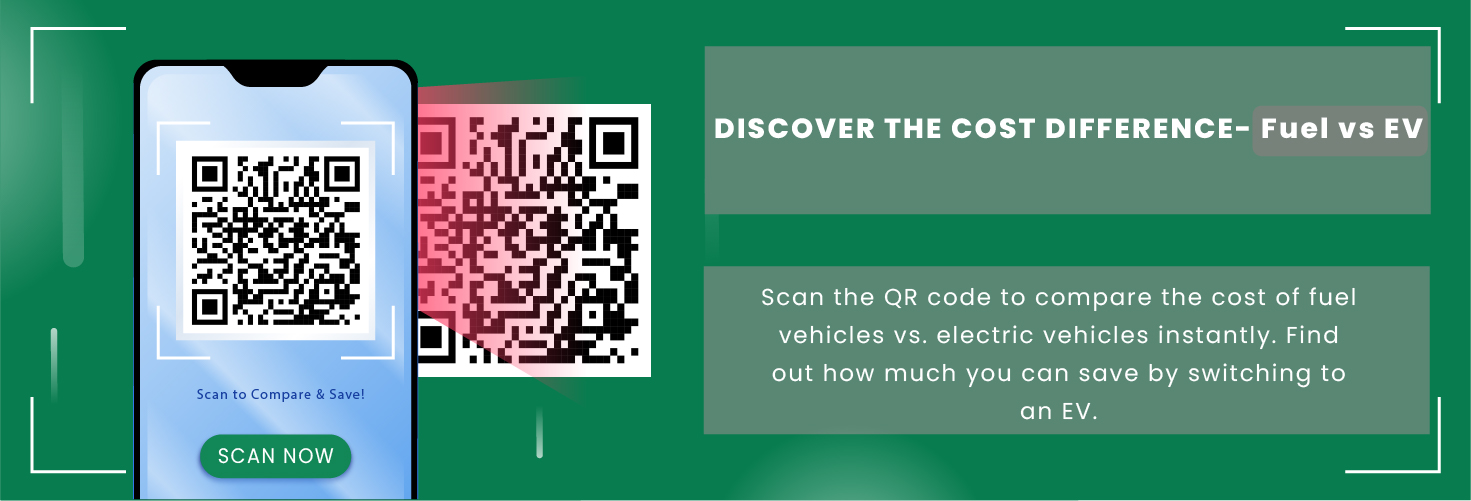
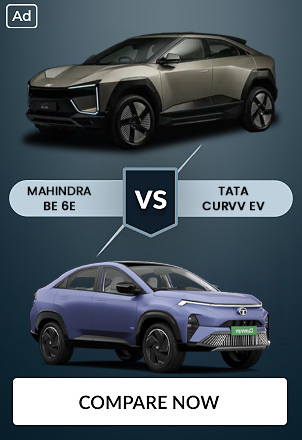
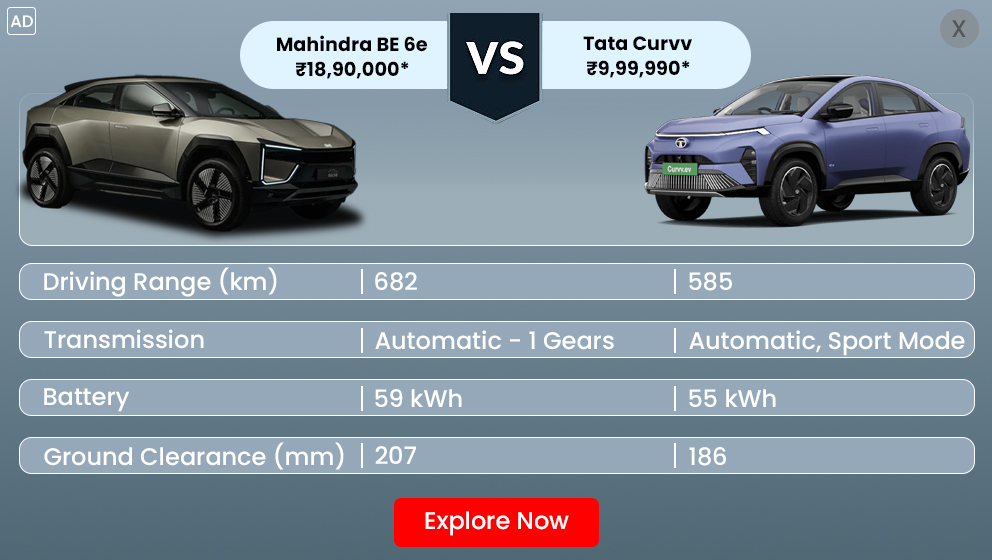

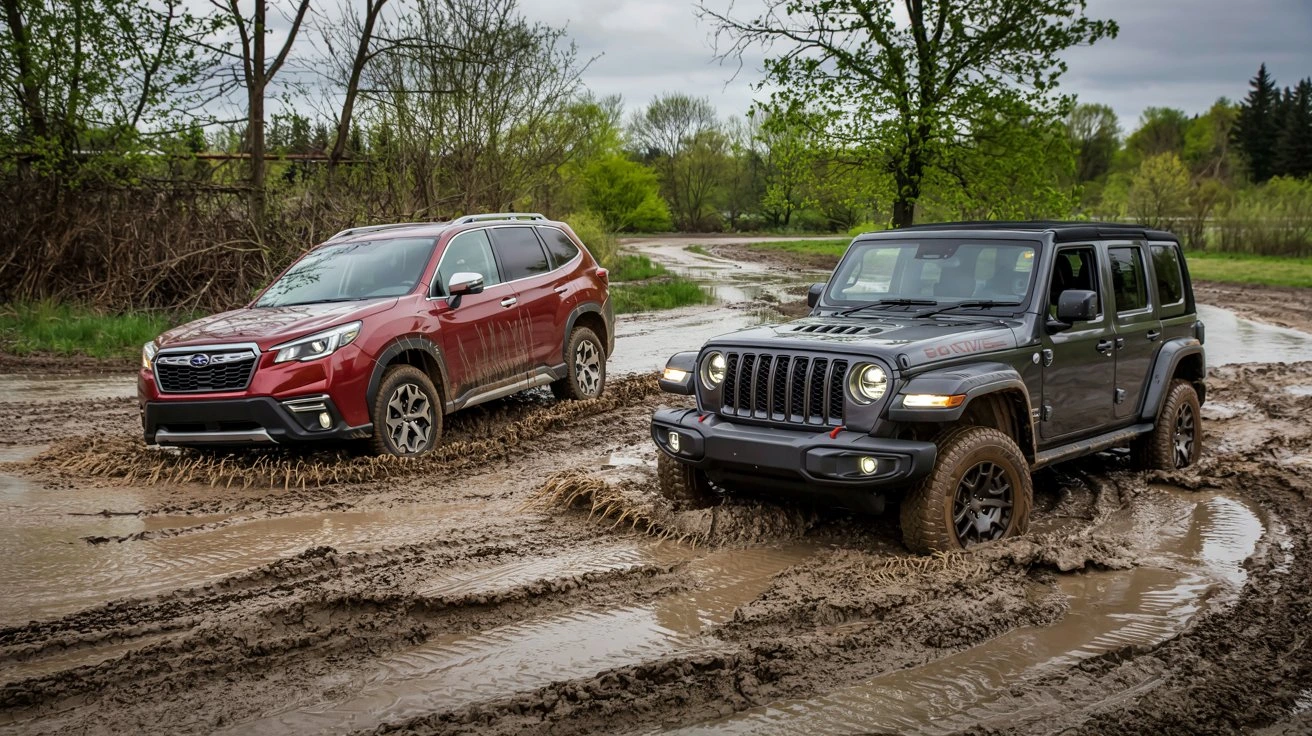
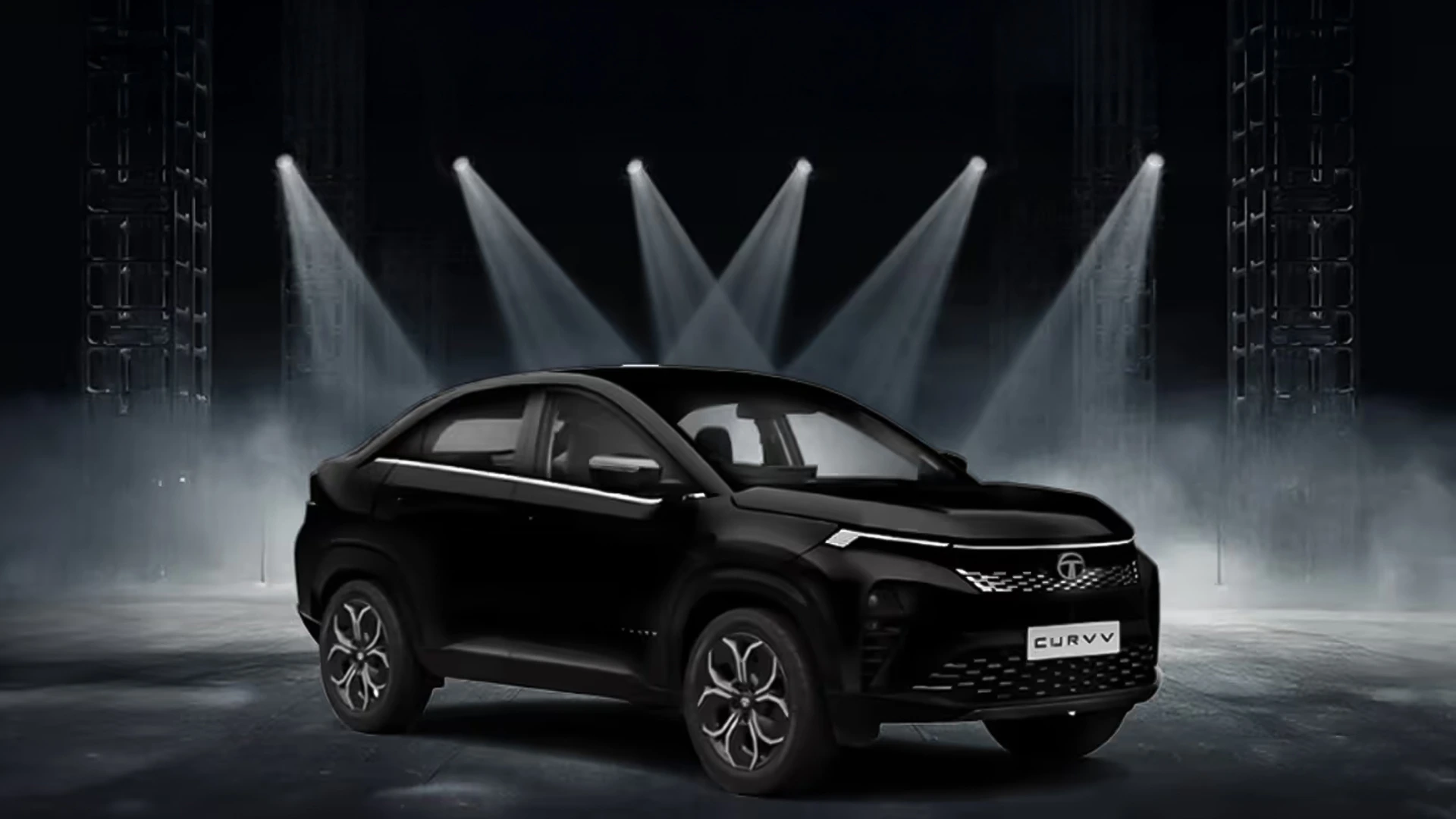
_1744610416.webp)

_1766129034.webp)
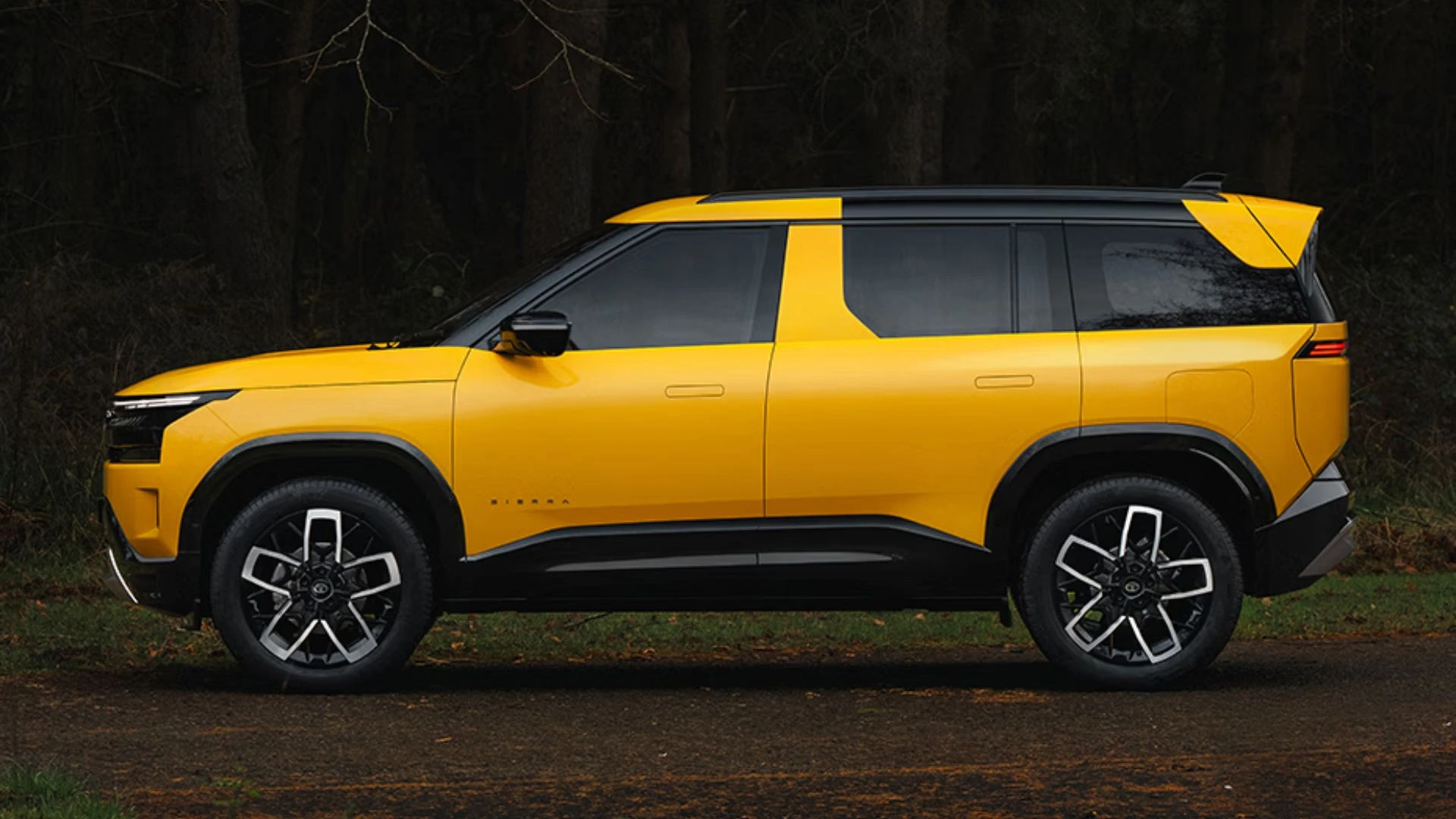
 Positioning Affordable 7-seat_1766042570.webp)